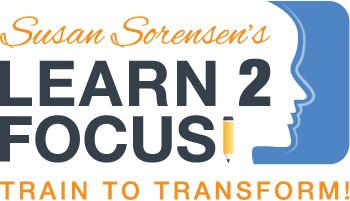5 Takeaways From "2015 Dyslexia Research and Remediation"
/In honor of Dyslexia Awareness Month, I’d like to share with you a webinar about new research on dyslexia and effective remediation efforts, by Dr. Martha Burns, a Joint Appointment Professor at Northwestern University. She’s an expert in the neuroscience of learning, language and communication; she’s authored three books and more than 100 journal articles on the subject. Here are my five takeaways from the webinar, and if you have some time this morning, take a listen:
https://scilearn.wistia.com/medias/harsihzzcp
1. The Reading Paradox
Author Stanislas Dehaene wrote that we humans learn language naturally, yet we have to be taught to read. There are no special brain regions evolved for reading. So what helps us read? We have the capability to link visual elements to speech sounds and meanings through what we call “nodes” network in the brain.
2. Literancy Enhances Brain Reponses
First, it boosts organization of the visual cortex. Second, it allows the entire left hemisphere’s spoken language network to be activated by written sentences. Finally, it refines spoken language processing by enhancing the phononological region.
3. Literacy Involves Brain Specialization
And by specialization, we’re talking specifically about the visual word form area in the left hemisphere of the brain. Both children and adults who have dyslexia have node networks in their brains which are not as active as good readers’ brains, which show a well-developed visual word form area.
4. Neuroscientific Research Works
Intervention programs like Fast ForWord or Reading Assistant shows improved behavioral performance, coupled with change in both brain function and brain anatomy. Also, intervention and training programs which involve both phonological and auditory tasks repeatedly gained remedial effects in dyslexia.
5. Neuroscientific Research Lasts
Longitudinal effects show that intervention programs have long-lasting effects. Students in St. Mary Parish School District who ranked 55 percent in reading skills -- significantly below the 70 percent state average – began the Fast ForWord and Reading Assistant programs in 2006. By 2011, the students in the district had rapidly closed the reading gap and were above the state average at 81 percent.

